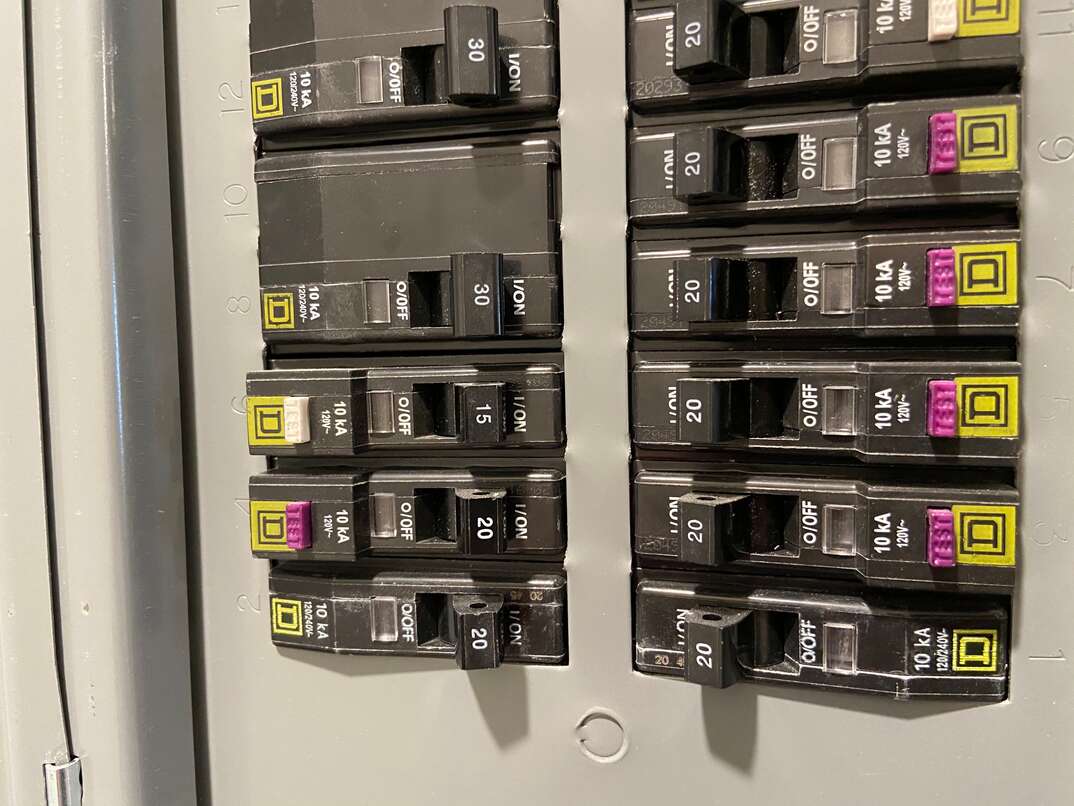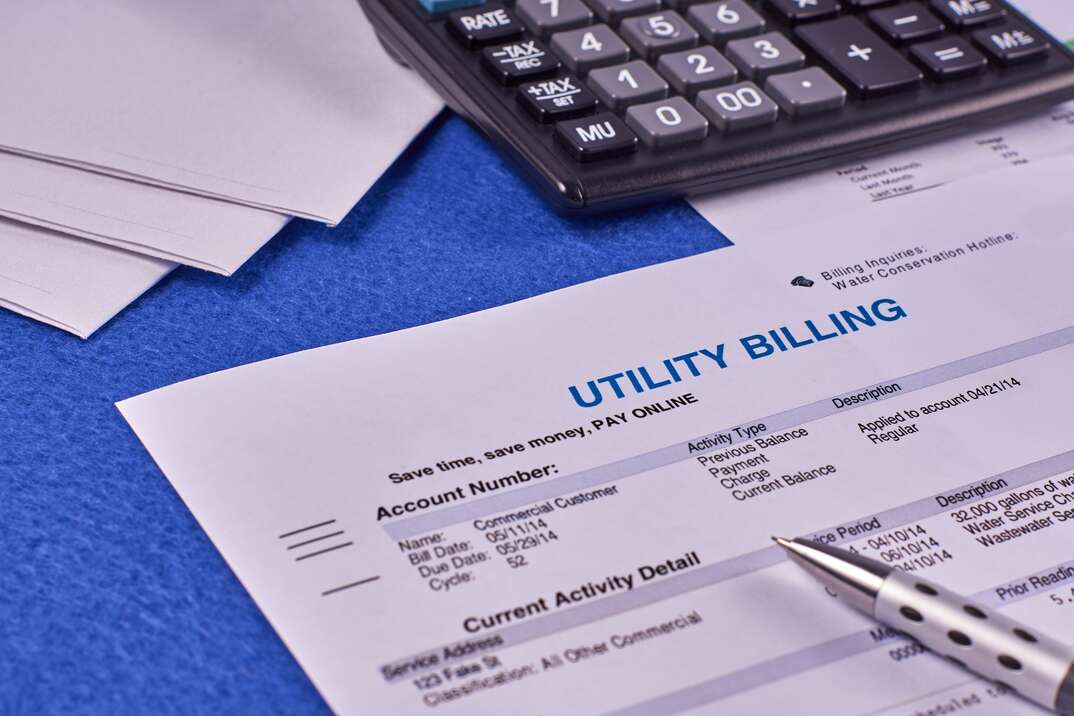How Much Do Solar Shingles Cost?

Solar Shingles Costs at a Glance
- Solar shingle installation: $14-$19 per square foot
- Compare to solar panels: $4-$10 per square foot
- Compare to traditional roof: $1.50-$5.50 per square foot, materials; $3-$6 per square foot, installation
Are you dreading your next electricity bill? Nobody likes paying more than they need to for electricity, which is why homeowners are always on the lookout for options that can help them save on bills and deliver the power they need when it's required. For many households, solar power could be the perfect solution — and solar shingles may make it a reality.
This May Also Interest You: What’s It Like to Go Solar? 5 Things They Don’t Tell You in the Brochure
Here, we take a look at the variables that can influence how much solar shingles cost, whether solar shingles are right for you and why the installation price can be quite high.
How Much Do Solar Shingles Cost?
According to Solar Reviews, a solar roof costs somewhere between $14 and $19 per square foot. The labor costs associated with installation also need to be factored in.
For the purposes of comparison, solar panels cost somewhere between $4 and $10 per square foot. The cost of fitting a traditional shingle roofing system is somewhere between $1.50 and $5.50 per square foot for materials, plus $3 to $6 per square foot for installation.
Solar installations of any type aren't a cheap option. However, over time, they may pay for themselves through the power they generate.
Are Solar Shingles Worth it?
Given that the cost of solar shingles is significantly greater than those of a new roof and solar panels, an important question has got to be whether they’re worth it. The honest answer is that it depends on what your priorities are.
The key advantages that solar tiles have over panels or a traditional roof include:
- Aesthetics. Many homeowners don't like the look of solar panels attached to their existing roofs. They feel that the panels look bulky and spoil the roofline. Solar tiles are used in the same way as conventional shingles, providing a smooth, even roofline. Some even look like conventional roof tiles, making it difficult to distinguish a solar-tiled roof from an asphalt-tiled one.
- Stability. In exposed locations where storms and high winds are common, there is a concern that panels can become too easily detached from the roof during foul weather. The gap between the tiles and the roof can provide a channel for the wind to penetrate, stressing solar panel fixings. Solar roof tiles eliminate this problem — the part that absorbs energy from the sun is an integral part of the tile.
- Nesting animals. The gap between the panel and the roof is also a perfect location for birds, rodents, insects and other creatures to nest. Although this gap can be blocked off with netting, this doesn't always resolve the problem. In addition, netting or other anti-pest measures create even more unsightly roof details. Solar roof tiles have no gap, creating a smooth roofline.
- Durability. Depending on the type of panel and where they're located, solar panels will last somewhere between 10 and 20 years. In this time, some deterioration will occur, meaning the electricity yield diminishes. In contrast, Tesla solar tiles — the main brand of solar tiles on the market — are guaranteed for 25 years. The modern technology they incorporate ensures that performance remains higher for longer in comparison with panels.
- A new roof. Solar tiles are a roof replacement. Solar panels are an add-on to an existing roof. Homeowners opting for solar tiles will end up with a new, weatherproof roof as well as a method of capturing solar energy.
More Related Articles
- How Much Does It Cost to Install Solar Panels?
- How to Install Solar Panels: 6 Steps to Daylight Savings
- 8 Home Efficiency Measures You Can Take This Earth Day
- Gimme a Tax Break: 5 Things to Know to Get the Latest HVAC Tax Credits
- Tesla Model HVAC? Elon Musk Teases Tesla-Made Home Heating, Ventilation and Air Conditioning System
Why Is Solar So Expensive?
Solar shingles cost significantly more than both traditional asphalt shingles and solar panels. Whether they're worth the added outlay depends on your individual household and priorities. Although some of the cost of solar shingle installation is recouped over time in the form of reduced energy bills, the savings may not be enough to pay back that initial investment.
There are a number of reasons why solar is an expensive choice, including:
- Modern technology. Cutting-edge technology costs more than conventional options.
- A lack of competition. Tesla solar shingles currently corner the market when it comes to solar tiles.
- Solar shingles require that the entire roof is replaced. This is a major task that requires a considerable amount of labor, inevitably costing quite a bit of money.
Photo credit: Tesla


